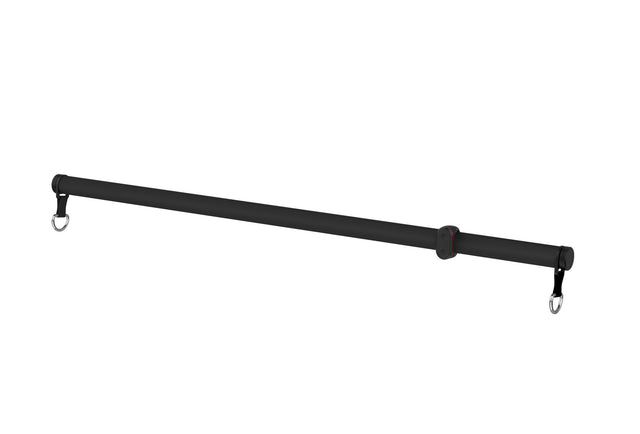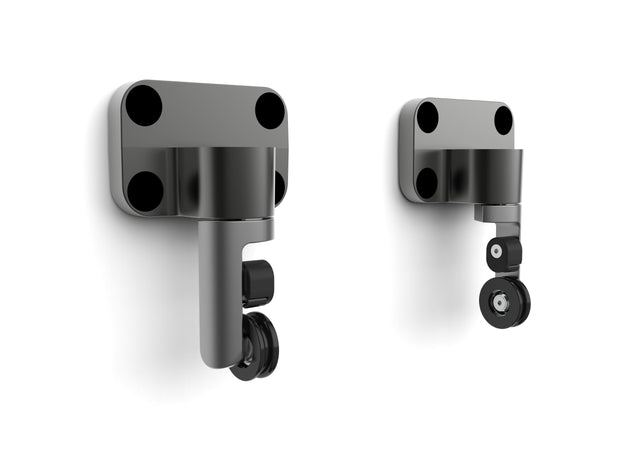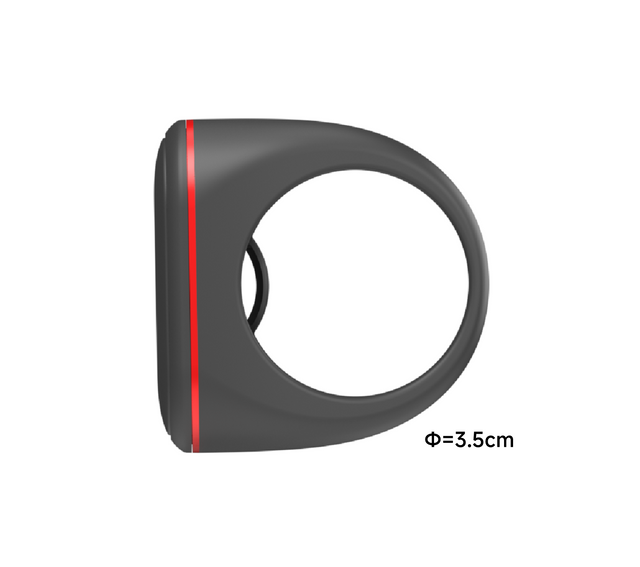The Bulgarian split squat is a powerful exercise for building lower body strength, enhancing balance, and improving athletic performance. Whether you are a beginner or an advanced fitness enthusiast, understanding how to perform this exercise correctly is crucial. In this comprehensive guide, we will explore the benefits of the Bulgarian split squat, provide a step-by-step guide on how to perform it, compare it with regular squats, and offer tips and modifications for beginners.
How to Perform a Bulgarian Split Squat Correctly
Step-by-Step Guide to Performing Bulgarian Split Squats
Performing the Bulgarian split squat correctly is essential to maximize its benefits and prevent injuries. Here’s a step-by-step guide to help you master this exercise:
-
Setup:
- Stand a few feet in front of a bench or sturdy platform.
- Extend one leg back and place the top of your foot on the bench. This is your starting position.
-
Position:
- Ensure your front foot is far enough forward that when you lower yourself, your knee stays behind your toes.
- Keep your torso upright and your core engaged.
-
Movement:
- Lower your hips towards the ground by bending your front knee.
- Keep your back knee hovering just above the ground, creating a 90-degree angle with both knees.
- Push through the heel of your front foot to return to the starting position.
-
Breathing:
- Inhale as you lower your body.
- Exhale as you push back up to the starting position.
Common Mistakes in Bulgarian Split Squats and How to Fix Them
-
Knee Tracking Over Toes:
- Ensure your front foot is far enough forward. Adjust your stance if your knee is moving past your toes during the squat.
-
Leaning Forward:
- Keep your chest up and shoulders back. Engage your core to maintain an upright posture.
-
Incorrect Foot Placement:
- Position your back foot securely on the bench. If it feels unstable, adjust your distance from the bench.
Bulgarian Split Squat Form Tips for Beginners
- Start with Body Weight: Begin with body weight to master the form before adding weights.
- Use a Mirror: Performing the exercise in front of a mirror can help you monitor your form and make necessary adjustments.
- Slow and Controlled Movements: Focus on slow and controlled movements to engage the muscles effectively.
How to Modify Bulgarian Split Squats for Different Fitness Levels
- Beginners: Start with a lower bench or use a stable chair. Focus on mastering the movement with body weight before progressing.
- Intermediate: Add dumbbells or a barbell to increase resistance.
- Advanced: Incorporate variations such as the Bulgarian split squat with a barbell on your back or holding a kettlebell.
How to Perform Bulgarian Split Squats Without Equipment
You don’t need fancy equipment to perform Bulgarian split squats effectively. Here’s how to do it with minimal equipment:
- Find a Stable Surface: Use a sturdy chair, step, or even a low table.
- Body Weight Focus: Concentrate on maintaining proper form and balance without adding weights initially.
- Gradual Progression: Once comfortable, you can add household items like filled water bottles or backpacks as weights.
Bulgarian Split Squat vs Regular Squat
Bulgarian Split Squat vs Regular Squat: Which Is Better for Muscle Growth?
Both exercises are excellent for muscle growth, but they target the muscles differently:
- Bulgarian Split Squat: Primarily focuses on the quads, glutes, and hamstrings. It also engages the core for balance.
- Regular Squat: Engages a broader range of muscles, including the quads, glutes, hamstrings, and lower back.
Comparing Bulgarian Split Squats and Regular Squats for Leg Development
- Bulgarian Split Squat: Ideal for addressing muscle imbalances and enhancing single-leg strength.
- Regular Squat: Effective for overall leg development and building foundational strength.
Bulgarian Split Squat vs Regular Squat: Which Is Easier on the Knees?
- Bulgarian Split Squat: Generally easier on the knees as it allows for a more controlled movement and better knee alignment.
- Regular Squat: Can be hard on the knees if not performed with proper form.
Benefits of Combining Bulgarian Split Squats and Regular Squats in Your Workout
Incorporating both exercises into your workout routine can provide comprehensive lower body strength and development. Regular squats build overall strength, while Bulgarian split squats enhance balance and address muscle imbalances.
Bulgarian Split Squats vs Regular Squats for Improving Athletic Performance
- Bulgarian Split Squat: Excellent for improving single-leg strength and stability, crucial for sports and activities involving unilateral movements.
- Regular Squat: Builds explosive power and overall strength, beneficial for various athletic endeavors.
Bulgarian Split Squat for Beginners
Bulgarian Split Squat Tips for Beginners
- Start Slow: Begin with body weight to focus on form.
- Use Support: Hold onto a wall or a stable object for balance initially.
- Short Sessions: Start with shorter sets and gradually increase the duration as you become more comfortable.
How to Get Started with Bulgarian Split Squats
- Warm-Up: Always warm up with dynamic stretches to prepare your muscles.
- Proper Setup: Ensure your bench or support surface is stable and at the right height.
- Gradual Progression: Increase difficulty slowly by adding weights or incorporating variations.
Beginner-Friendly Bulgarian Split Squat Workout Routine
- Warm-Up: 5-10 minutes of light cardio and dynamic stretches.
- Body Weight Bulgarian Split Squats: 3 sets of 8-10 reps per leg.
- Rest: 60 seconds between sets.
- Cool Down: Static stretching focusing on the legs and hips.
Bulgarian Split Squat Modifications for Beginners
- Reduced Range of Motion: Lower your body less to make the exercise easier.
- Use a Lower Platform: Start with a lower bench or step to reduce the intensity.
- Hold on for Balance: Use a wall or a chair for added stability.
Common Beginner Mistakes in Bulgarian Split Squats and How to Avoid Them
- Improper Foot Placement: Ensure your front foot is positioned correctly to avoid knee strain.
- Rushing the Movement: Focus on slow, controlled movements for better muscle engagement.
- Not Using Full Range of Motion: Lower your body sufficiently to engage the target muscles effectively.
類似の記事を検索する:
a lower bench Beginner-Friendly Bulgarian Split Squat Workout Routine Benefits of Combining Bulgarian Split Squats and Regular Squats in Your Workout building lower body strength Bulgarian Split Squat Form Tips for Beginners Bulgarian Split Squat Modifications for Beginners Bulgarian Split Squat Tips for Beginners Bulgarian Split Squat vs Regular Squat Bulgarian Split Squat vs Regular Squat: Which Is Easier on the Knees Bulgarian Split Squats vs Regular Squats for Improving Athletic Performance Common Beginner Mistakes in Bulgarian Split Squats and How to Avoid Them Common Mistakes in Bulgarian Split Squats and How to Fix Them Comparing Bulgarian Split Squats and Regular Squats for Leg Development Hold on for Balance How to Get Started with Bulgarian Split Squats How to Modify Bulgarian Split Squats for Different Fitness Levels How to Perform a Bulgarian Split Squat Correctly How to Perform Bulgarian Split Squats Without Equipment













